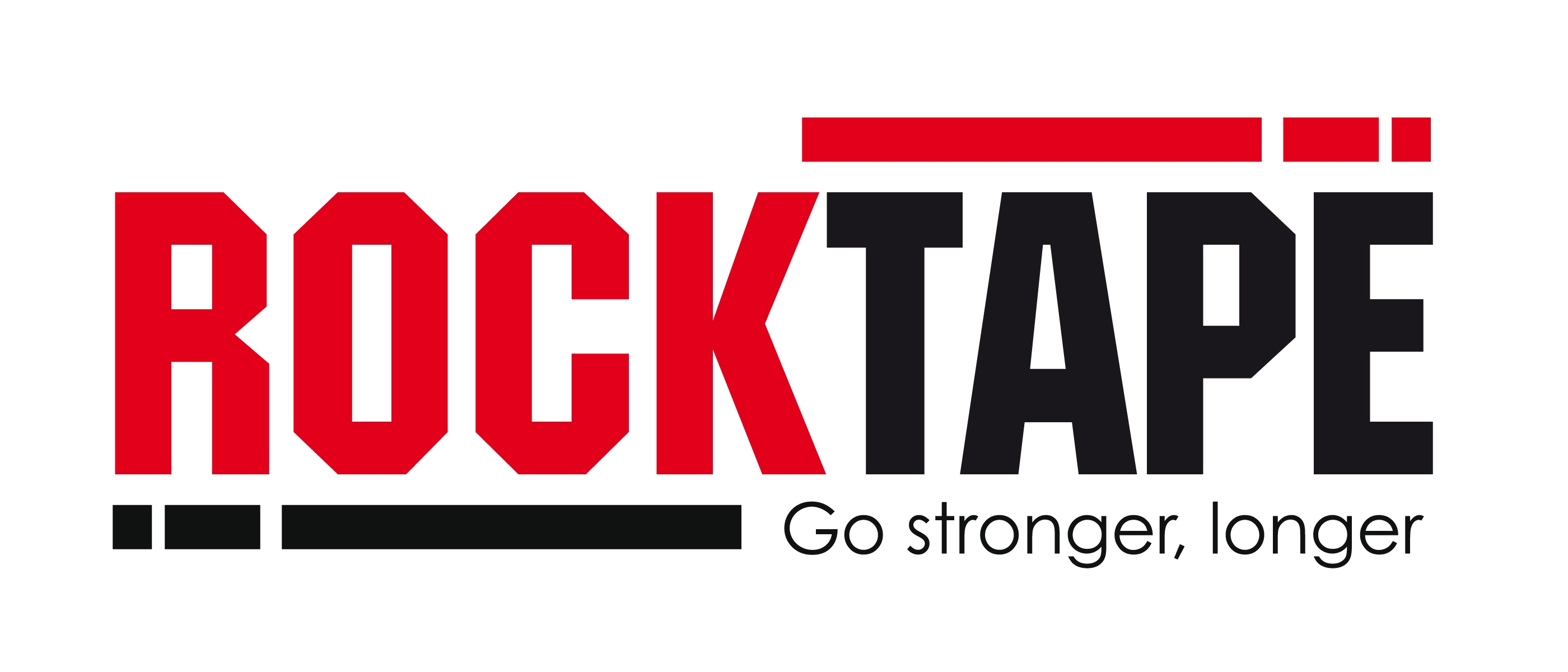Including a core stability program whether it be integrated or separate will promote greater fitness and improve the functional capacity that is included in any daily living functional tasks, as well as sport specific functionality. A stable core will provide the ability to maintain a healthy postural alignment of the neck, spine, shoulder girdle and pelvis during these functional activities. Providing an unstable surface (Swiss ball, balance board/disc) during any resistance training program will fire the muscles of the core. Instability resistance training plays an important role in not only periodized training programs but also rehabilitation programs.
Understanding the function of the core muscles during movement will endeavour a greater understanding to core training. Core muscles are primarily stabilisers not movers, connecting the upper and lower muscle groups providing isometric support and limit the amount of rotation in the trunk. With this in mind, training to harbour excessive rotation maybe more important than to create it. You must be able to prevent over rotation rather than allowing it to be produced during functional movements. Core exercises can range from multi-joint movements recruiting the larger muscle groups to assistance exercises involve single-joint exercise recruiting smaller muscle areas; there is of course the exercise that is isometric (has no movement) ‘the plank’. Assistance exercises are very useful to use for injury prevention and rehabilitation. Core training will effectively promote muscle balance, which is not necessarily about equal strength but more to do with ratios of strength, power or endurance of a muscle or group in relation to another.
References
Baechle, T. Earle, R. (2008). Essentials of Strength Training and Conditioning. Leeds. Human Kinetics.
Behm, D. Drinkwater, E. Williardson, J. & Cowley, P. Canadian Society for Exercise Physiology Position Stand: The Use of Instability to Train the Core in Athletic and Non-athletic Conditioning. Applied Physiology, Nutrition and Metabolism. 35. 109-112.
Boyle, M. (2016). New Functional Training For Sports. Second Edition. Leeds. Human Kinetics.
Heyward, V, & Gibson, A. (2014). Advanced Fitness Assessment and Exercise Prescription. Seventh Edition. Leeds. Human Kinetics.
Williardson, J. (2008). A Periodized approach to core training. ACSM’s Health & Fitness Journal. 12(1). 7-13.








